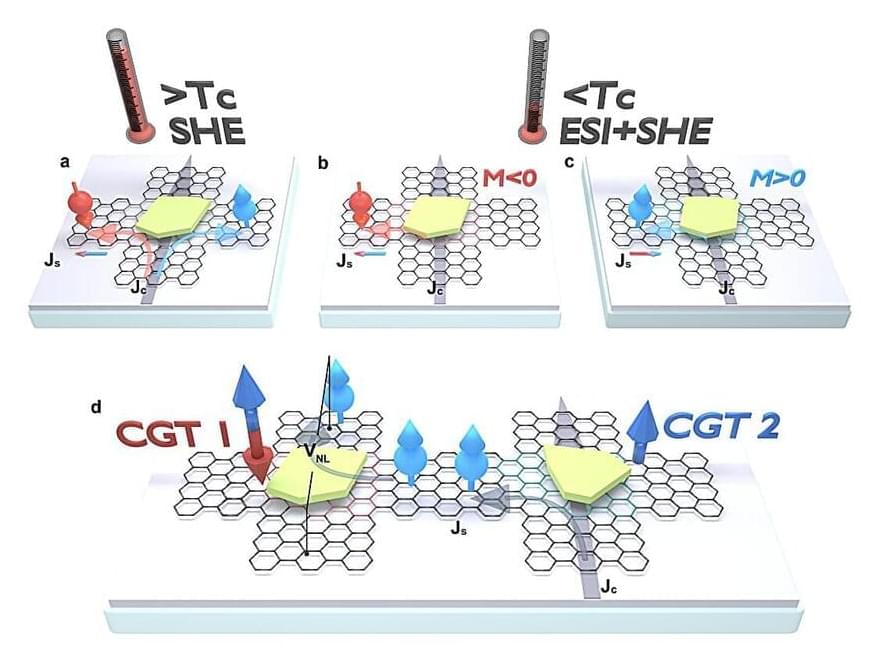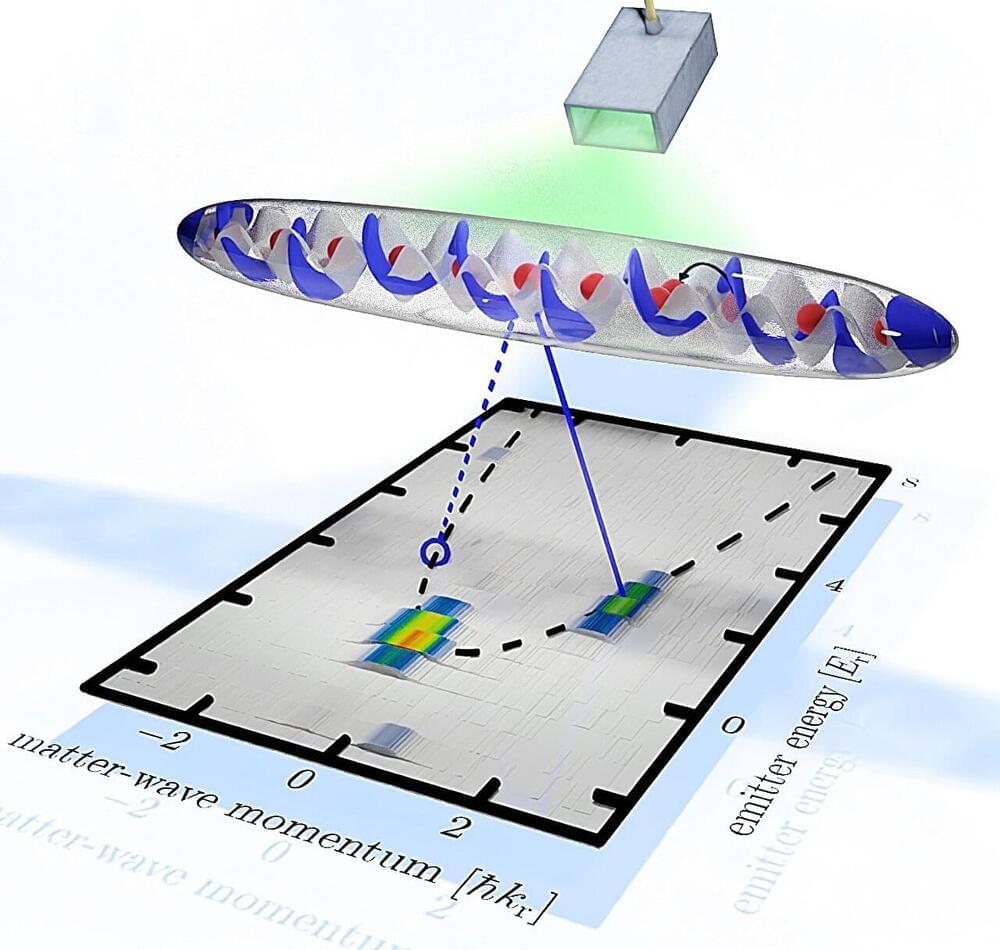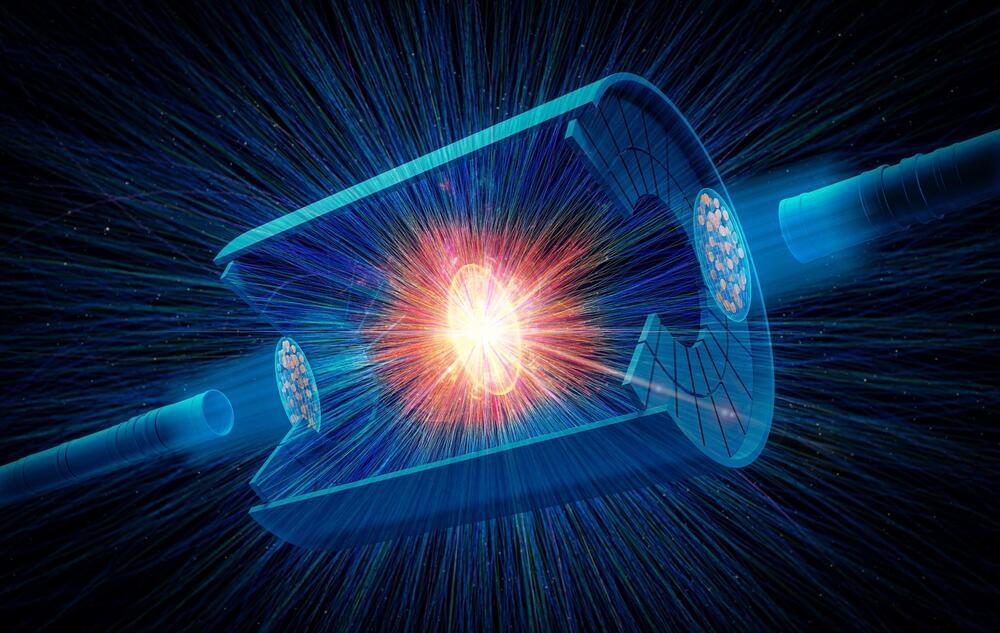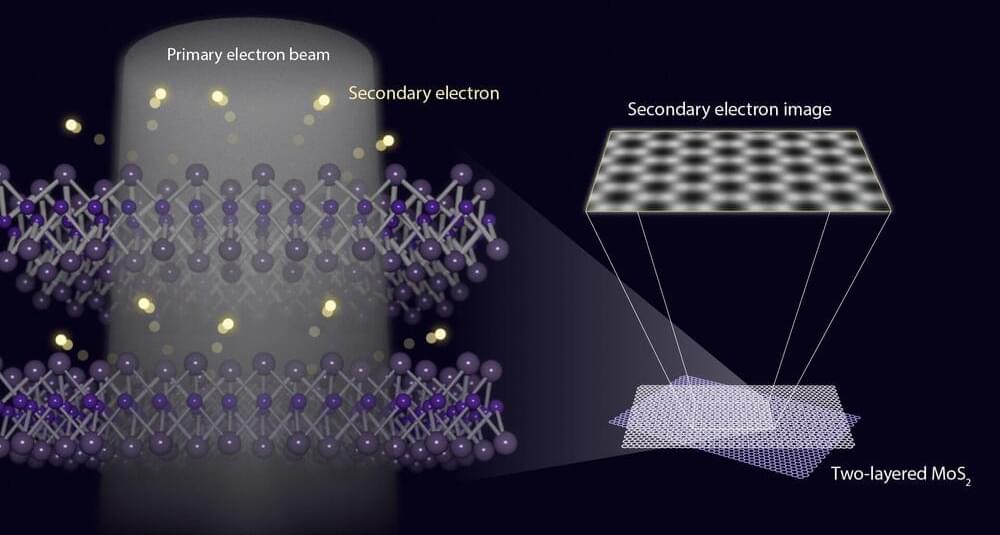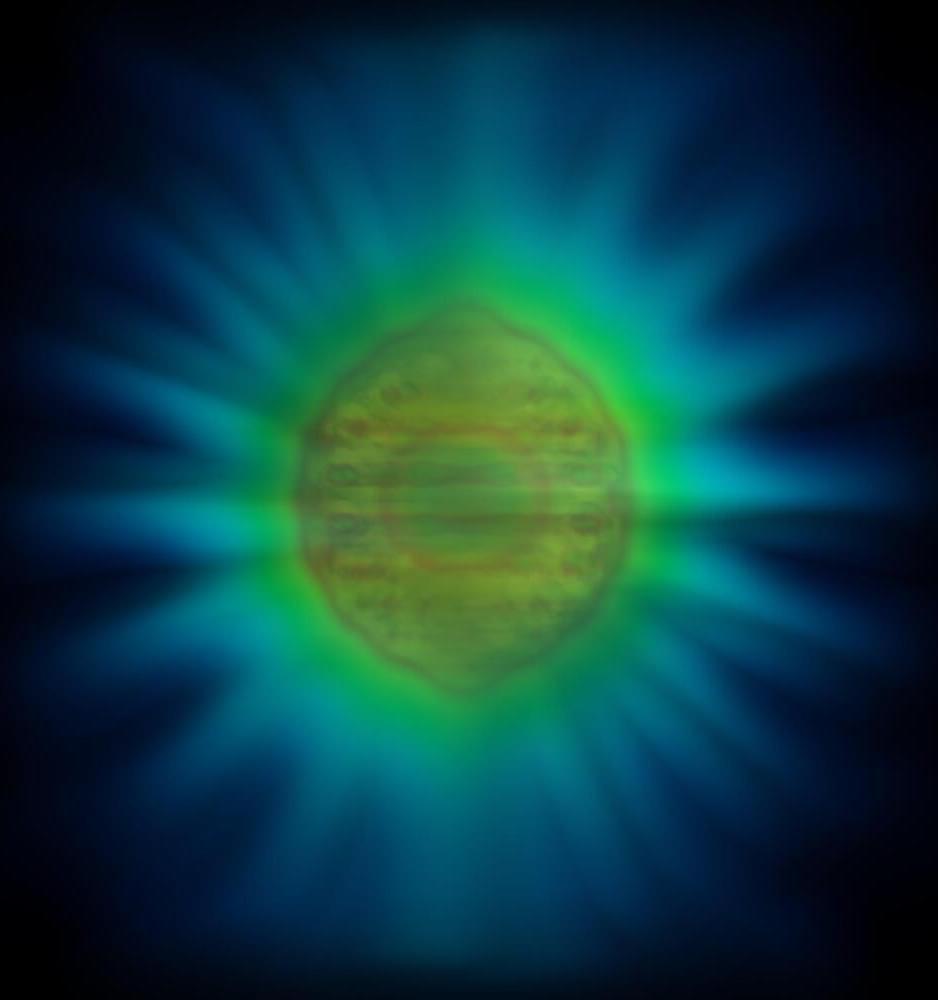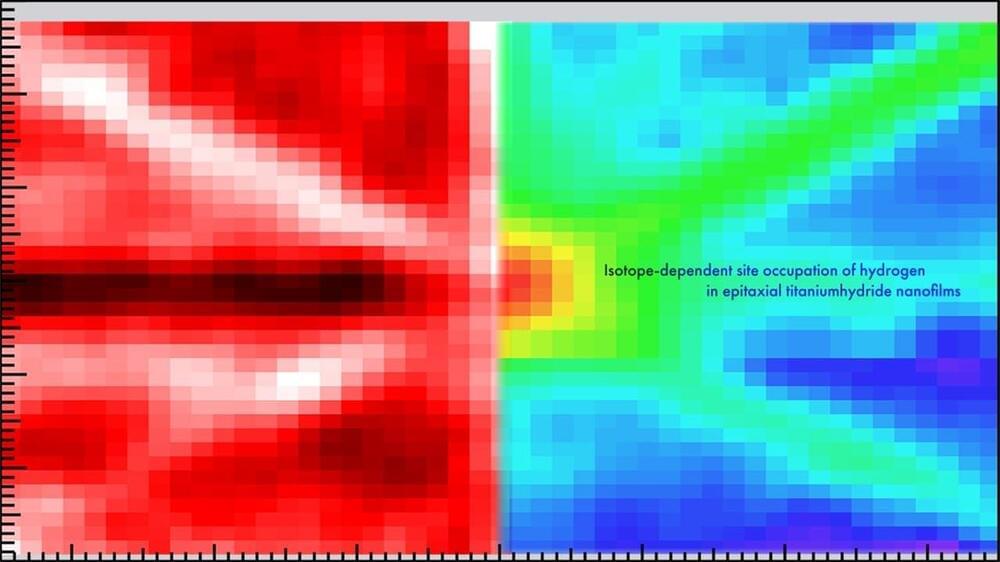Then, in the 1980s, neutrinos from this supernova were picked up by the Irvine-Michigan-Brookhaven detector deep underground in Ohio. The discovery marked one of the first measurements of neutrinos from beyond our solar system, helped kickstart the field of observational neutrino astronomy, and provided a starting point that next-generation neutrino detectors continue to build on.
But the discovery was also lucky: The detector was built primarily to study proton decay, rather than neutrinos. “When you build a new detector with new capabilities, you’re sensitive to things that you never expected,” says Henry Sobel, a physics professor at the University of California, Irvine, and one of IMB’s original collaborators. The unexpected supernova would shape the legacy of IMB, which was recently recognized as an APS Historic Site for its role in neutrino science.
In the mid-1970s, teams of physicists were racing to build detectors that could measure proton decay, a hypothesized phenomenon that would confirm Howard Georgi and Sheldon Glashow’s new Grand Unified Theory, one that sought to unite three of the four fundamental forces of nature. The winner emerged in Painesville, Ohio, a small city northeast of Cleveland: The IMB detector, the world’s first kiloton-scale nucleon decay detector, began collecting data in 1982.
